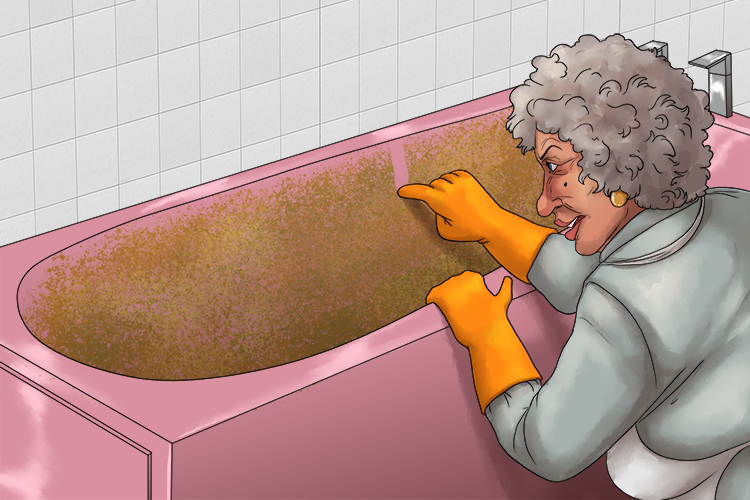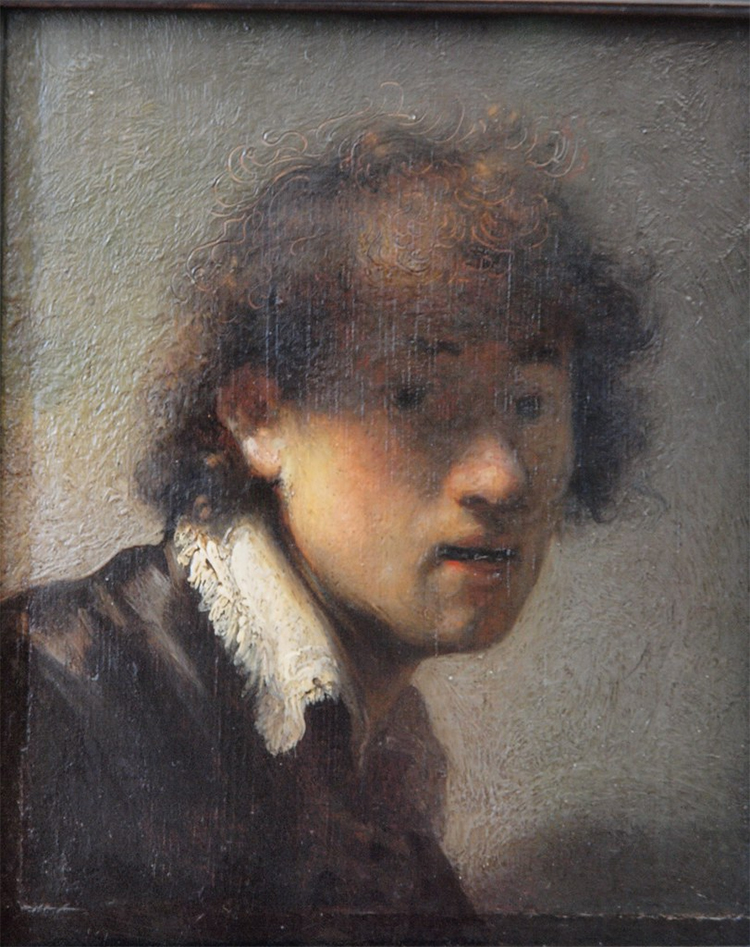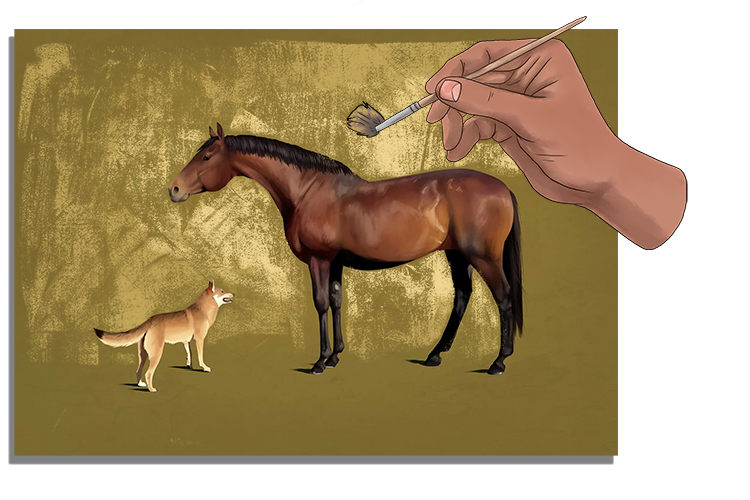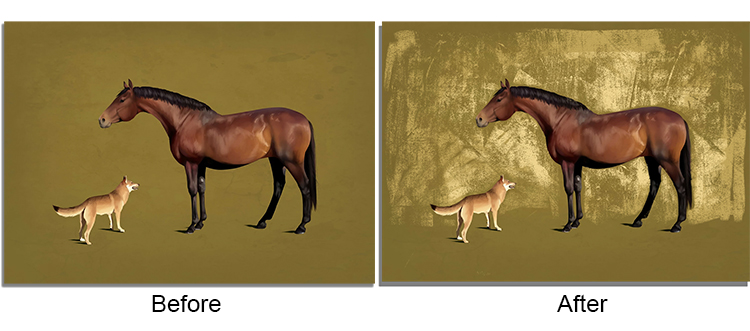Scumble – The application of an opaque (can't see through) or semi-opaque colour over an area of a painting without completely obscuring the underpainting
(Pronounced skuhm-buhl)
To remember what scumble means use the following mnemonic:
The scum on the side of the bath was so thick you were barely able (scumble) to see the colour underneath, but it didn't quite obscure it.

Scumbling is a simple yet effective technique of using as little colour as possible on a dry brush to partially obscure the oil painting below to give a textured look.
Rembrandt used this technique frequently, particularly in the backgrounds, but also on hair and clothing to give greater contrast and draw the focus to the figure.

Rembrandt - Self-portrait - "Young Rembrandt" by moedermens is licensed under CC BY 2.0
Joseph Mallord William Turner used scumbling heavily in his paintings to give a distant, misty look to the far background and sky.

Turner - Lake of Geneva from Montreux, 1810
To use the scumbling technique, you want to get as little paint on the brush as you can, while still having enough to leave behind. It's a good idea to test this on a spare piece of paper before going straight onto your painting. A wider, stiff brush is the best tool for this technique.

A lighter colour than the background colour gives a great effect. You can even use a few varying tones and shades.
Use light and steady brush strokes and don't press too hard. You can also dab the brush onto the canvas.

Scumbling really adds a whole new depth to a painting.

Scumble.




